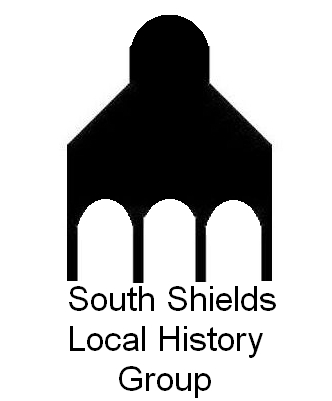Glassmaking in South Shields and the Influence of the Cookson Family
Isaac Cookson was born in Penrith in 1679, his, parents were William and Alice Cookson, he was the third of 7 children. In 1704 he moved to Newcastle and became a member of the Hanover Square Congregation. He married Hannah Buston on 6th April 1709 and they had 5 children. Not much is known about his early business interests in Newcastle, but in 1721 he built a foundry at Little Clifton near Workington in partnership with his brother William. In 1721, he also built a facility for casting iron and brass at Gateshead in partnership with a Joseph Button.
In 1728 Isaac Cookson took over the Dagnia Flint Glasshouse at Closegate Newcastle, in partnership with Joseph Airey following the death of Onesiphorus Dagnia. The Dagnia family were originally from Barcelona and in 1684, John and Onesiphorus came to Newcastle and established the Closegate Glasshouse. In 1704 Onesiphorus built a flint glasswork at South Shields and one of their innovations was the use of lead oxide to produce flint glass. Onesiphorus son, John Dagnia built a mansion at Cleadon and legend has it that the first piece of bevelled glass produced by this process was put in his garden door.
The land that the South Shields Glass House was built on, was described as, “All that parcel of ground lying and being on the south side of the River Tyne nigh South Shields aforesaid containing in six and twenty yards thereabouts whereon two glasshouses were lately erected.”

On the 15th March 1737 Isaac Cookson, his son John and Thomas Jeffrey’s of Snowshill London signed a lease for land in South Shields, the land was described as “Land 100 yards in length lying towards the river Tyne and 100 yards breadth being part of a ballast situate lying and being at South Shields in the County of Durham and bordering on the south of the Mill Dam.” Then on 17th April 1737 John Cookson and Thomas Jeffrey’s signed an agreement in which they became co-partners in the building of a glass house at South Shields making crown and plate glass for a term of 31 years. John Cookson was to manage the glasshouse and Thomas Jeffrey’s the glass warehouse they owned in London.

The business developed and it was reported that the whole of southern and eastern England received consignments of glass from South Shields, about 60 % of the trade being done through the London Warehouse. The distribution of the glass from South Shields was done by sea, for example on 15th May 1745 the Anvil left the Tyne with a consignment of glass for Hull, Beverley and Knaresborough and between 1744 and 1748 the company exported glass to Rotterdam, Amsterdam and Hamburg.

The following is a copy of a letter written by John Cookson, the original letter is in the archives at the Newcastle Hancock Museum.
Mr James Lennox
Newcastle
July 1741
Pursuant to your order have kept 9 half cases of Crown Glass on board the Elizabeth Ann as by “re” above. The broad glass would have been sent, but the ship was full before they could in put on board therefore we will give orders it will be sent by the 1st ship up offered for berth and wherefore you have any concern in in this way none will supply you better.
Your humble servant,
J Cookson
The partnership of John Cookson and Thomas Jeffrey’s was dissolved in1770.
William Cookson one of three sons of Isaac Cookson the third, worked with a Frenchman Leonor Fresnel, whose brother of Augustin Fresnel had began working on the development of lens for lighthouses in 1819. Leonor Fresnel came to the Cookson works in South Shields and worked with William Cookson, on the development and production of Fresnel lens. In 1835 the first Fresnel lens was produced at the Cookson works and installed in the Inchkeith Lighthouse in Scotland. The Cookson Glasshouse produced the first complete set of Fresnel lens used in England, Scotland and Ireland. All together 15 early Fresnel lens were made at Cookson’s. Lenor Fresnel worked with William Cookson until 1845.
The Cookson works was sold in 1846 following the abolition of excise duty on glass. The Cookson company is now Cookson Group PLC and trades in three divisions, electronics, ceramics, and precious metals.
Written by Val Parks
